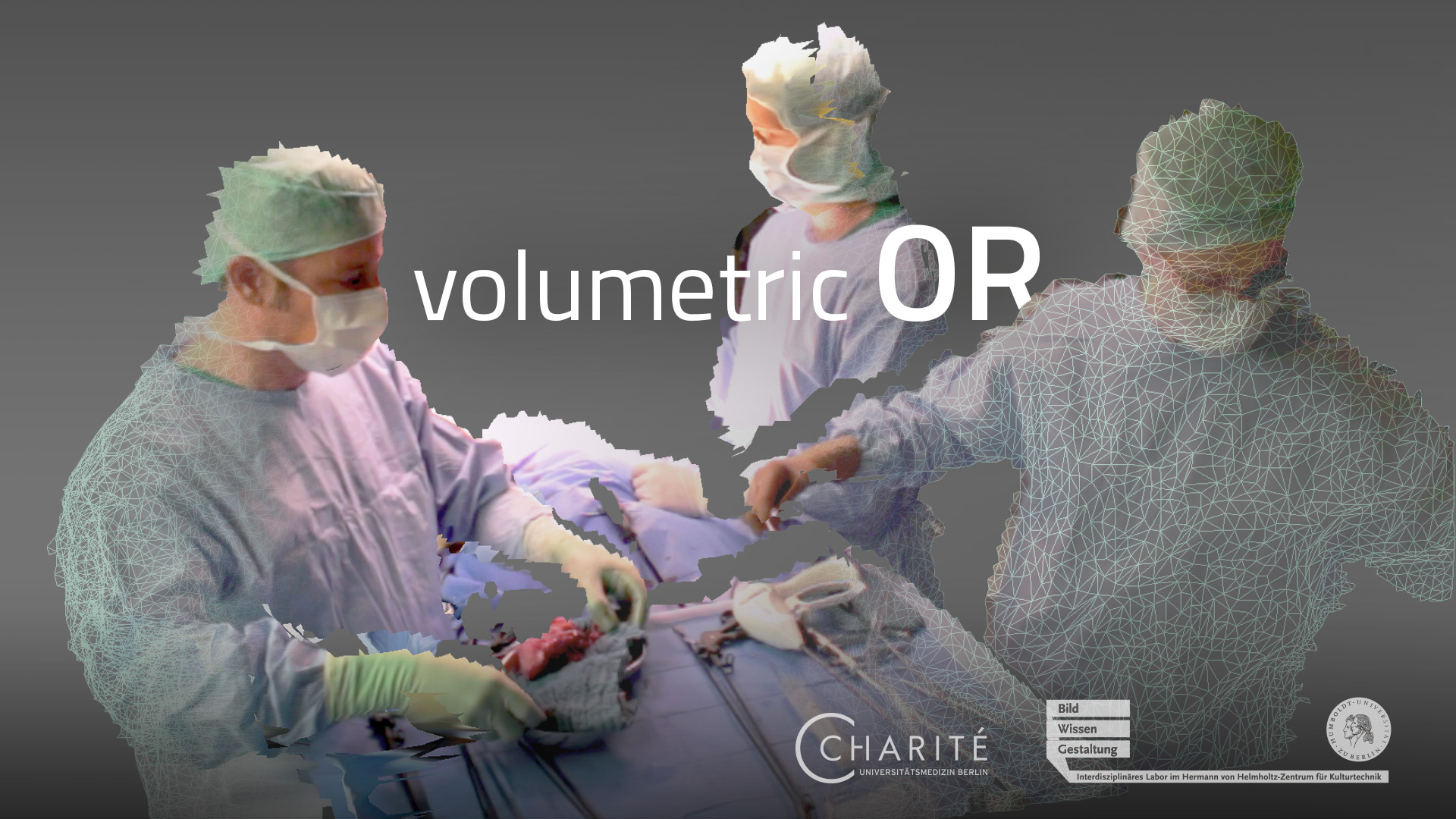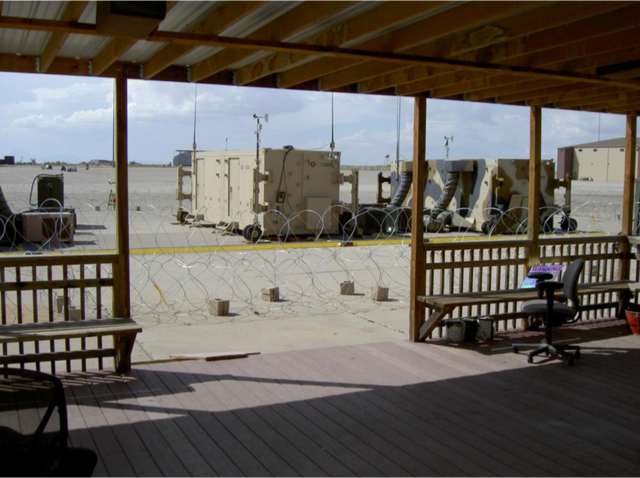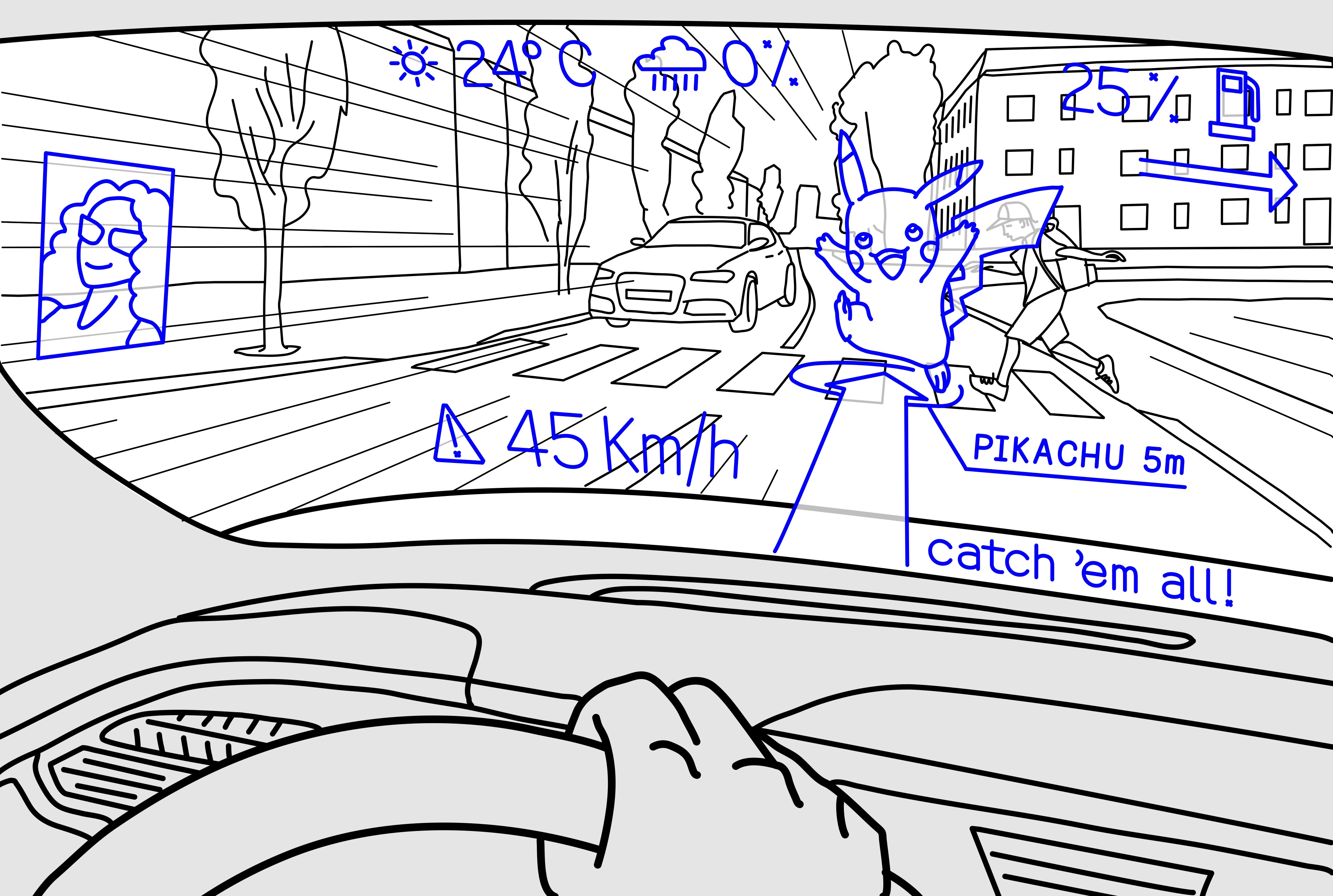Edited Volume Feiersinger L, Friedrich K, Queisner M, ed. Image – Action – Space: Situating the Screen in Visual Practice. Berlin, Boston: De Gruyter; 2018. doi.org/10.1515/9783110464979. More info via DeGruyter Verlag Download the book as PDF (CC BY-NC-SA 4.0) With contributions from Aud Sissel Hoel, Erkki Huhtamo, Tristan Thielmann, Jan Distelmeyer, Luisa Feiersinger, Lasse Scherffig, […]
Alle Artikel der Kategorie ‘Year’
Adaptive Imaging Group
In 2018 I co-founded the Adaptive Imaging Group. The Adaptive Imaging Group is a collective of scholars, designers and scientists, who study image-guided practices in contemporary media technology. The group’s objective is to critically define a new relationship between imaging, interaction and intervention. Project website: http://adaptiveimaging.org Members: Dr. Moritz Queisner, Dr. Kathrin Friedrich, Prof. Dr. […]
VolumetricOR: A New Approach to Simulate Surgical Interventions in Virtual Reality for Training and Education
Volumetric OR is an interactive virtual reality concept that transforms how physicians record and learn about surgical interventions. It’s a VR app that transforms how physicians learn about surgical interventions. Volumetric OR presents a new approach to fostering the complex interaction between, and collaboration by, surgical health professions – surgeons, anaesthesiologists and surgical assistants. Situated in […]
Adaptive Anatomy
Adaptive Anatomy is a new approach to image display in the operating room using mixed reality Project website: http://adaptiveimaging.org/adaptive-anatomy With the improved capability of sensor and display technologies, medical screens have become mobile, touch-sensitive, flexible and, most recently, transparent. The introduction of transparent displays has the potential to fundamentally change the concepts of intra-operative imaging […]
Die Akteure verlassen die Kontrollstation. Krisenhafte Kooperationen im bildgeführten Drohnenkrieg
Queisner M, Franz N. Die Akteure verlassen die Kontrollstation. Krisenhafte Kooperationen im bildgeführten Drohnenkrieg. In: Bennke J, Seifert J, Siegler M, Terberl C, ed. Das Mitsein der Medien. Prekäre Koexistenzen von Menschen, Maschinen und Algorithmen, Paderborn: Fink 2018:27-58. doi.org/10.30965/9783770561957_003 Download via Academia.edu (PDF) Abstract: Die jüngste Forschung über die Steuerung und Navigation unbemannter Flugobjekte konzipiert […]
Future Operating Room
Together with my colleagues Moritz Queisner, Igor Sauer, Michael Pogorzhelskyi, Christopher Remde, Peter Tang and Simon Moosburner I pusblished a paper on VR and AR in surgery in Making Games, a leading game developer journal. Citation: Moritz Queisner, Igor Sauer, Michael Pogorzhelskyi, Christopher Remde (2018) Future Operating Room. Augmented und Virtual Reality in der Chirurgie. In: Making […]
Disrupting Screen-Based Interaction. Design Principles of Mixed Reality Displays
In this text I look into the basic design principles of mixed reality. Transparent display technology fundamentally challenges the concept of the screen: it turns viewing first and foremost into using. Transparent media presents users with a complex ensemble of imaging techniques and visual information that is embedded into their action routines, viewing habits and […]
Mixed reality workflow in visceral surgery
Inn this paper we look into application of a mixed reality (MR) headmounted display (HMD) for the visualization of anatomical structures in complex visceral-surgical interventions. Paper „Mixed Reality in visceral surgery – Development of a suitable workflow and evaluation of intraoperative use-cases“ in Annals of Surgery. Citation: Sauer IM, Queisner M, Tang P, et al. Mixed […]
Situation Space – How Spatial Images Define the User’s Disposition
International conference: Situation Space – How Spatial Images Define the User’s Disposition 12.–13.1.2017, Cluster of Excellence Image Knowledge Gestaltung, Humboldt Universität zu Berlin, Team: Moritz Queisner, Kathrin Friedrich and Luisa Feiersinger. The conference aims to apply theoretical and practical approaches in a discussion of the operative and narrative implications of visual practices as spatial dispositions. In order to analyse […]
Hololiver
Hololiver is a prototype for viewers displaying medical images (CT, MRT) in a mixed reality head-mounted display. It can present 3D models of sectional images and was developed in 2017. Team: Exzellenzcluster Bild Wissen Gestaltung, Humboldt Universität zu Berlin, Charité Universitätsmedizin Berlin und Virtual Spice. (image credit: Michael Pogorzhelskiy)





